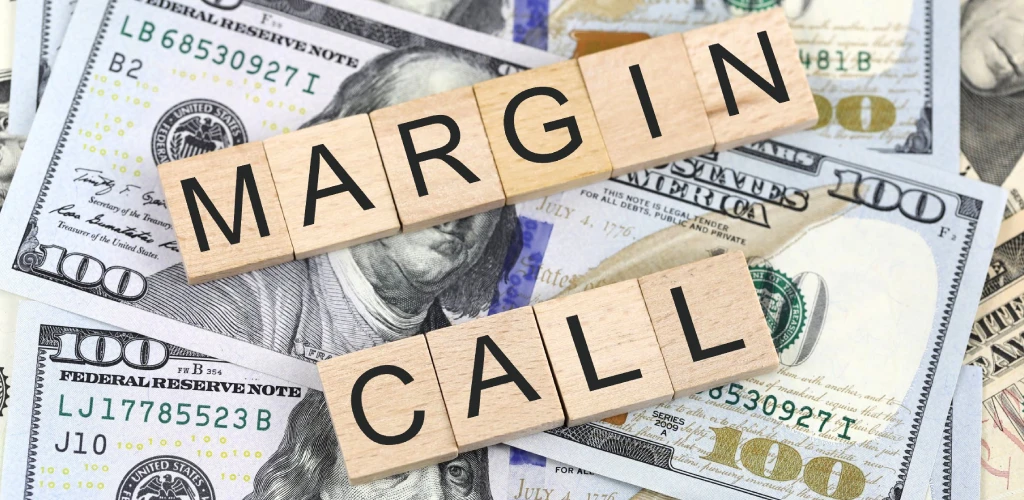📐 How to Trade with Fibonacci Retracements: A Complete Beginner’s Guide

If you’ve ever wondered how traders predict where prices might bounce or reverse, Fibonacci retracements are one of their most powerful tools. But what exactly are these mysterious levels, and how can you use them in your trading?
In this ultimate guide, we’ll cover:
✅ What Fibonacci retracements are and why they work
✅ How to draw Fibonacci levels correctly
✅ Key Fibonacci ratios every trader must know
✅ 3 proven Fibonacci trading strategies
✅ Common mistakes to avoid
By the end, you’ll be able to spot and trade Fibonacci levels like a pro. Let’s unravel this mathematical trading secret!
🌿 The Fibonacci Story: Nature’s Hidden Code
Before we dive into trading, let’s appreciate where Fibonacci comes from:
- Introduced to Europe by Italian mathematician Leonardo Fibonacci in 1202 through his book Liber Abaci
- Based on the sequence: 0, 1, 1, 2, 3, 5, 8, 13, 21, 34…
- Key property: As the sequence progresses, the ratio between consecutive numbers approaches ~1.618 (the Golden Ratio).
📌 Fun fact: This ratio appears in sunflowers, hurricanes, and even the human body!
📊 What Are Fibonacci Retracements in Trading?
Fibonacci retracements are horizontal lines that indicate where support/resistance might occur during a price pullback.
Key Fibonacci Levels:
| Level | Percentage | Importance |
|---|---|---|
| 🟢 0.236 | 23.6% | Shallow pullback |
| 🟡 0.382 | 38.2% | Common retracement |
| 🟠 0.500 | 50% | Psychological level |
| 🔴 0.618 | 61.8% | Golden Ratio – strongest! |
| ⚫ 0.786 | 78.6% | Deep retracement |
💡 Pro Tip: The 61.8% level is considered the most significant in trading.
📈 How to Draw Fibonacci Retracements (Step-by-Step)
For an Uptrend:
- Identify the swing low (start of the upward move)
- Identify the swing high (end of the move or peak)
- Draw the Fibonacci retracement from low to high
For a Downtrend:
- Find the swing high (start of the downward move)
- Find the swing low (end of the move or bottom)
- Draw the Fibonacci retracement from high to low
⚠️ Warning: Only use Fibonacci retracements on clear and significant price swings — not on random or choppy price action.
💰 3 Powerful Fibonacci Trading Strategies
1️⃣ The Bounce Play
- Wait for price to pull back to a Fib level (especially 38.2% or 61.8%)
- Look for reversal candlestick patterns (hammers, engulfing)
- Enter with stop-loss below the Fib level
2️⃣ Confluence Trading
- Combine Fib levels with:
- Moving averages
- Trendlines
- Support/resistance zones
- The more confirmations, the stronger the trade
3️⃣ Extension Targets
- Use Fibonacci extensions (127%, 161.8%) for profit targets
- Works great in trending markets
🌐 Fibonacci in Different Markets
| Market | Best Timeframe | Notes |
|---|---|---|
| Stocks | Daily/Weekly | Works best with liquid stocks |
| Forex | 4H/Daily | Major currency pairs respond well |
| Crypto | 1D/4H | Beware of extreme volatility |
| Commodities | Daily | Gold/oil respect Fib levels well |
⚠️ 5 Common Fibonacci Mistakes
❌ Drawing incorrectly (wrong swing points)
❌ Trading every Fib level (wait for confirmation)
❌ Ignoring the trend (Fibs work best with trend)
❌ Using alone (always combine with other analysis)
❌ Forgetting about time (Fib time zones exist too!)
🔍 Advanced Fibonacci Techniques
1️⃣ Fibonacci Fan Lines
Diagonal support/resistance lines
2️⃣ Fibonacci Time Zones
Predict potential reversal times
3️⃣ Fibonacci Channels
For trending price channels
❓ Fibonacci Retracement FAQs
They represent natural psychological support/resistance levels where traders take action.
The 61.8% golden ratio level has the highest success rate.
No – they indicate potential zones that need confirmation.
Start with standard levels, then experiment with adding 50% or 78.6%.
The levels should align with visible support/resistance on your chart.
📌 Key Takeaways
✔ Fibonacci retracements identify potential reversal zones
✔ The 38.2%, 50%, and 61.8% levels matter most
✔ Always draw from clear swing high to swing low (or vice versa)
✔ Combine with other indicators for best results
✔ Works across all markets and timeframes
🌟 Final Thoughts
Fibonacci retracements are like a roadmap showing where price might take a breather. While not magical, when combined with other analysis, they become an incredibly powerful trading tool.
💡 Your Action Step: Open your trading platform and practice drawing Fibonacci levels on historical charts. See how often price reacted at these levels!
Recommended Reading
Guide to Volume Price Analysis by Anna Coulling
Technical Analysis of the Financial Markets by John J. Murphy






